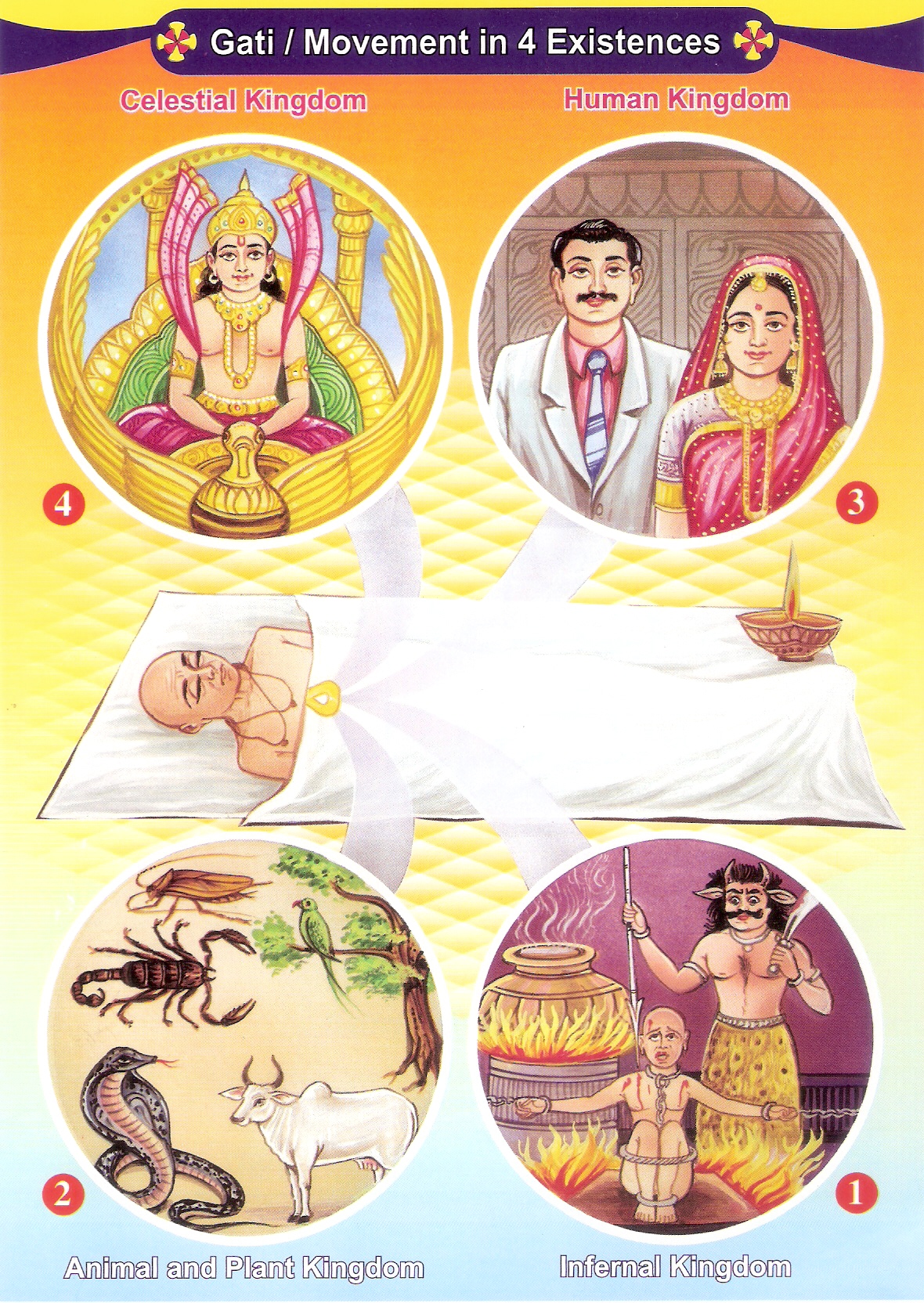|
Munjeon Bon-puri
The ''Munjeon Bonpuri'' (), meaning 'Annals of the Door', 'Book of the Door', 'Narration of the Door' or 'Explanation of the Door', is a myth of Jeju Island regarding Gasin, or deities that are believed to reside within the house. Plot In the village of Namseon in the kingdom of Junyeon lived Namseonbi and his wife, Yeosan Buin. Yeosan Buin was a very capable wife who raised the money for the family. However, her husband Namseonbi wasted all of the money whenever Yeosan Buin gathered enough. The family of Yeosan Buin had nine members: Namseonbi, Yeosan Buin, and their seven sons. The name of the seventh was Nokdisaengin. The family was frequently hungry, as a result of their poverty. Yeosan Buin was worried by their pitiful condition, and bought fine cotton clothes and hats and fifty silver coins by selling her treasures she had brought from her family. She suggested that with these accessories, they buy grain, which was cheap in their village, and sell it in other villages, ... [...More Info...] [...Related Items...] OR: [Wikipedia] [Google] [Baidu] |
Door
A door is a hinged or otherwise movable barrier that allows ingress (entry) into and egress (exit) from an enclosure. The created opening in the wall is a ''doorway'' or ''portal''. A door's essential and primary purpose is to provide security by controlling access to the doorway (portal). Conventionally, it is a panel that fits into the doorway of a building, room, or vehicle. Doors are generally made of a material suited to the door's task. They are commonly attached by hinges, but can move by other means, such as slides or counterbalancing. The door may be able to move in various ways (at angles away from the doorway/portal, by sliding on a plane parallel to the frame, by folding in angles on a parallel plane, or by spinning along an axis at the center of the frame) to allow or prevent ingress or egress. In most cases, a door's interior matches its exterior side. But in other cases (e.g., a vehicle door) the two sides are radically different. Many doors incorporate lock ... [...More Info...] [...Related Items...] OR: [Wikipedia] [Google] [Baidu] |
Reincarnation
Reincarnation, also known as rebirth or transmigration, is the Philosophy, philosophical or Religion, religious concept that the non-physical essence of a living being begins a new lifespan (other), lifespan in a different physical form or physical body, body after biological death. In most beliefs involving reincarnation, the soul of a human being is immortality, immortal and does not disperse after the physical body has perished. Upon death, the soul merely becomes transmigrated into a newborn baby or into an animal to continue its immortality. (The term "transmigration" means the passing of a soul from one body to another after death.) Reincarnation (''punarjanman'') is a central tenet of Indian religions such as Hinduism, Buddhism, Jainism, and Sikhism. In various forms, it occurs as an esoteric belief in many streams of Judaism, in certain Paganism, pagan religions (including Wicca), and in some beliefs of the Indigenous peoples of the Americas and of Australian ... [...More Info...] [...Related Items...] OR: [Wikipedia] [Google] [Baidu] |
Bathroom
A bathroom is a room in which people wash their bodies or parts thereof. It can contain one or more of the following plumbing fixtures: a shower, a bathtub, a bidet, and a sink (also known as a wash basin in the United Kingdom). A toilet is also frequently included. There are also specific toilet rooms, only containing a toilet (often accompanied by a sink), which in American English tend to be called "bathrooms", "powder rooms" or "washrooms", as euphemisms to conceal their actual purpose, while they in British English are known as just "toilets" or possibly "cloakrooms" - but also as "lavatories" when they are public. Historically, bathing was often a collective activity, which took place in public baths. In some countries, the shared social aspect of cleansing the body is still important, for example with '' sento'' in Japan and, throughout the Islamic world, the hammam (also known in the West as a "Turkish bath"). Variations and terminology The term for the place use ... [...More Info...] [...Related Items...] OR: [Wikipedia] [Google] [Baidu] |
Patriarchic
Patriarchy is a social system in which positions of authority are primarily held by men. The term ''patriarchy'' is used both in anthropology to describe a family or clan controlled by the father or eldest male or group of males, and in feminist theory to describe a broader social structure in which men as a group dominance hierarchy, dominate society. Sociobiologists compare human gender roles to sexed behavior in other primates and argue that gender inequality originates from genetic and reproductive differences between men and women. Patriarchal ideology explains and rationalizes patriarchy by attributing gender inequality to inherent Gender essentialism, natural differences between men and women, divine commandment, or other fixed structures. Social constructionists sociologists tend to disagree with biological explanations of patriarchy and contend that socialization processes are primarily responsible for establishing gender roles, they further argue that gender roles ... [...More Info...] [...Related Items...] OR: [Wikipedia] [Google] [Baidu] |



